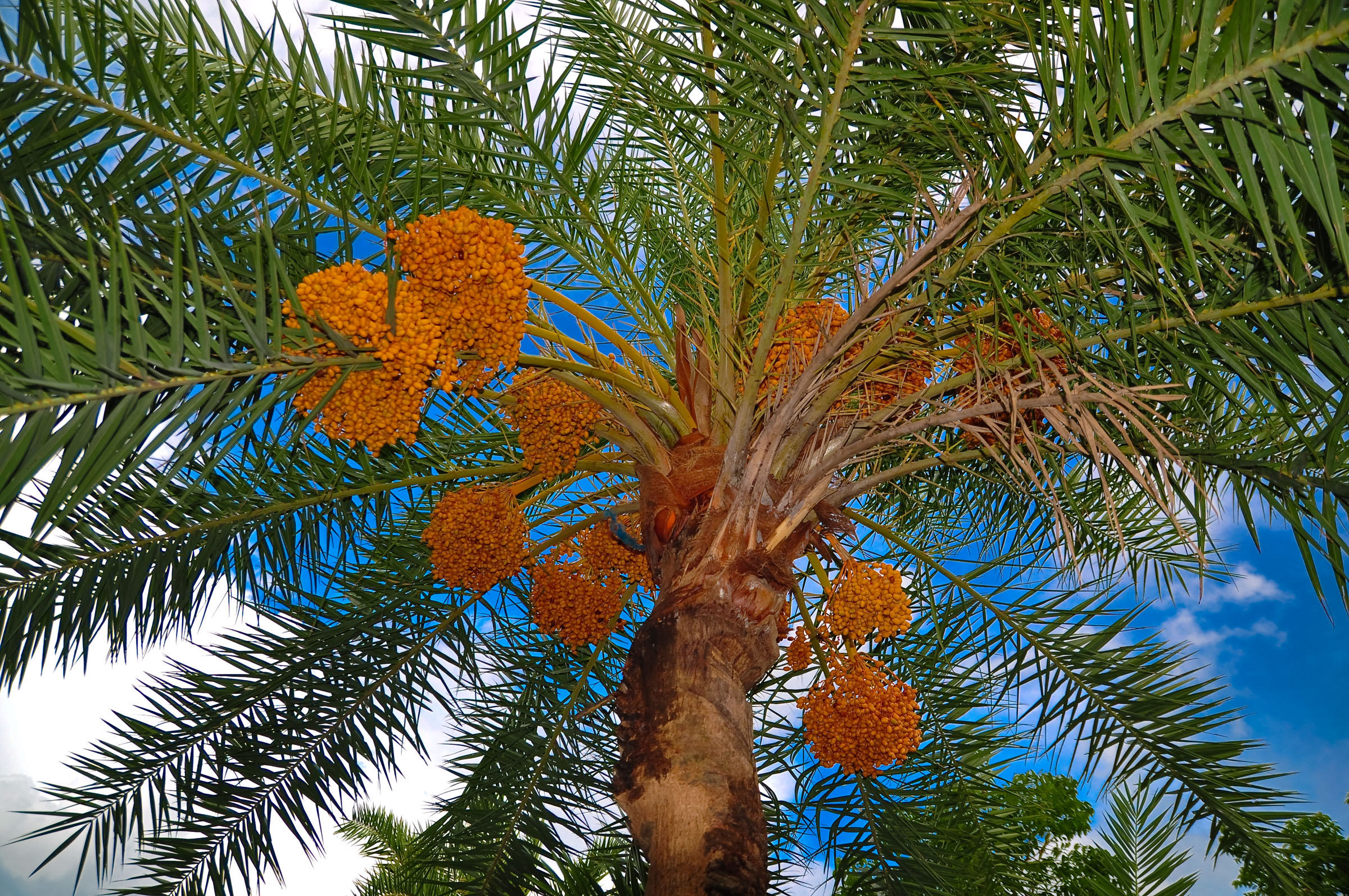
On Tu B’Shvat, the Rosh Hashannah for the trees, we colloquially recognize the vegetation around us. Many have the custom to recite Perek Shira, a generations old text whose author remains unknown, delineates 84 different creatures or things from which we can learn tremendous lessons about ethics, wisdom, and advice on seeing the hand of God. These items in Perek Shira range in category from things in nature (sun, stars, moon, different types of clouds, dew, and others) to animals and insects, to plant life.
One of the items listed in Perek Shira is the tamar, the date palm. The tamar is one of the shivat haminim, the seven unique species of Israel, typically listed as “devash.” Devash today usually refers to honey, yet among the shivat haminim, it refers to date honey, as regular honey does not come from the ground.
It’s written in Tehillim and we recite in our tefillot “Tzaddik Katamar Yifrach” that the righteous will flourish like a date palm. What does that mean? What is so unique about this type of tree? It’s not the tallest nor is it the one which produces the most fruit. My teacher, Dr. David Pelcovitz tells a story of a friend of his hiking in the desert on the West Coast of the United States. On this hike, he encountered a date palm tree rancher (yes, they do exist!). The hiker, realizing that a date palm rancher was not someone that he usually came in contact with, asked him tell me something about the plants that he so diligently cared for. After demurring a few times, the rancher responded that the only way to create dates that are commercially able to be sold is if the date palm trees are next to each other, enabling their roots become entangled together.
As the hiker walked away from the rancher with this seemingly trivial tidbit in mind, it occurred to him that the message here is poignant. If one were to simply desire to grow dates without the intent to sell them, they could position their trees as they wished, without a care for how they were positioned. However, if one sought to have dates that were able to be sold and consumed, they would need to be grown in the fashion the rancher stated, with a strong network of roots interconnected with the roots from other date palms. In order to grow and flourish properly, like the dates, our roots must be strong and connected. We must commit ourselves to being rooted in Yiddishkeit, maintaining the bond between ourselves and the Almighty. When we connect to the roots of our past, we can successfully help plant the roots for the generations to come.